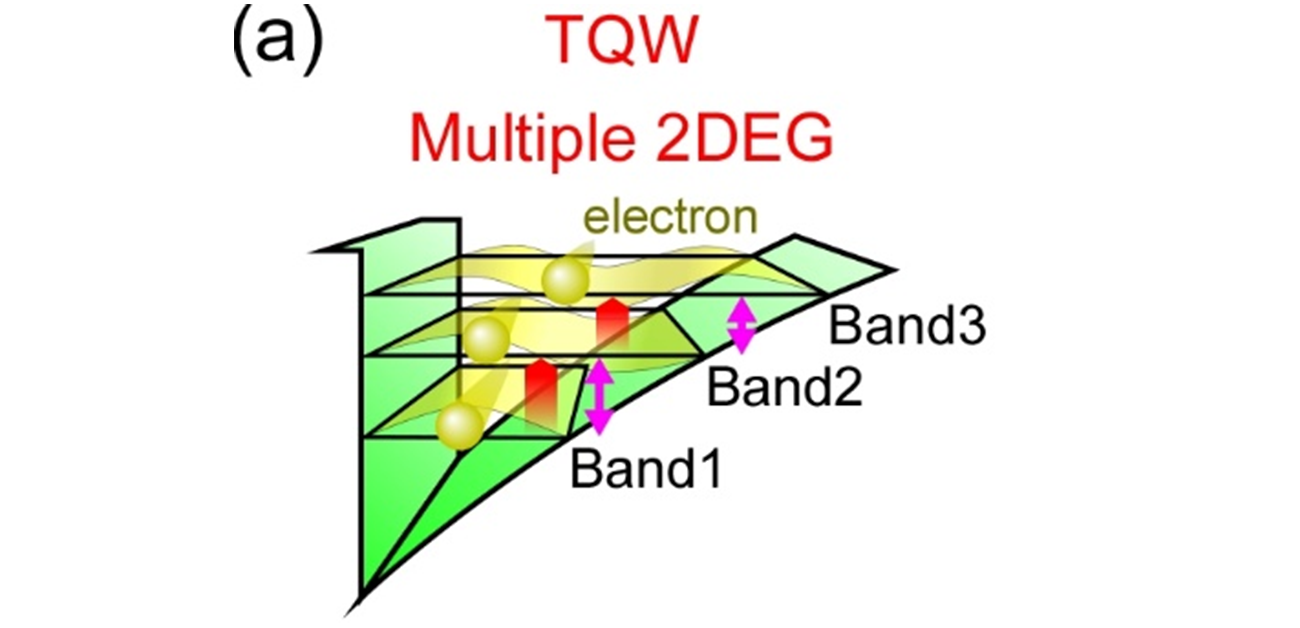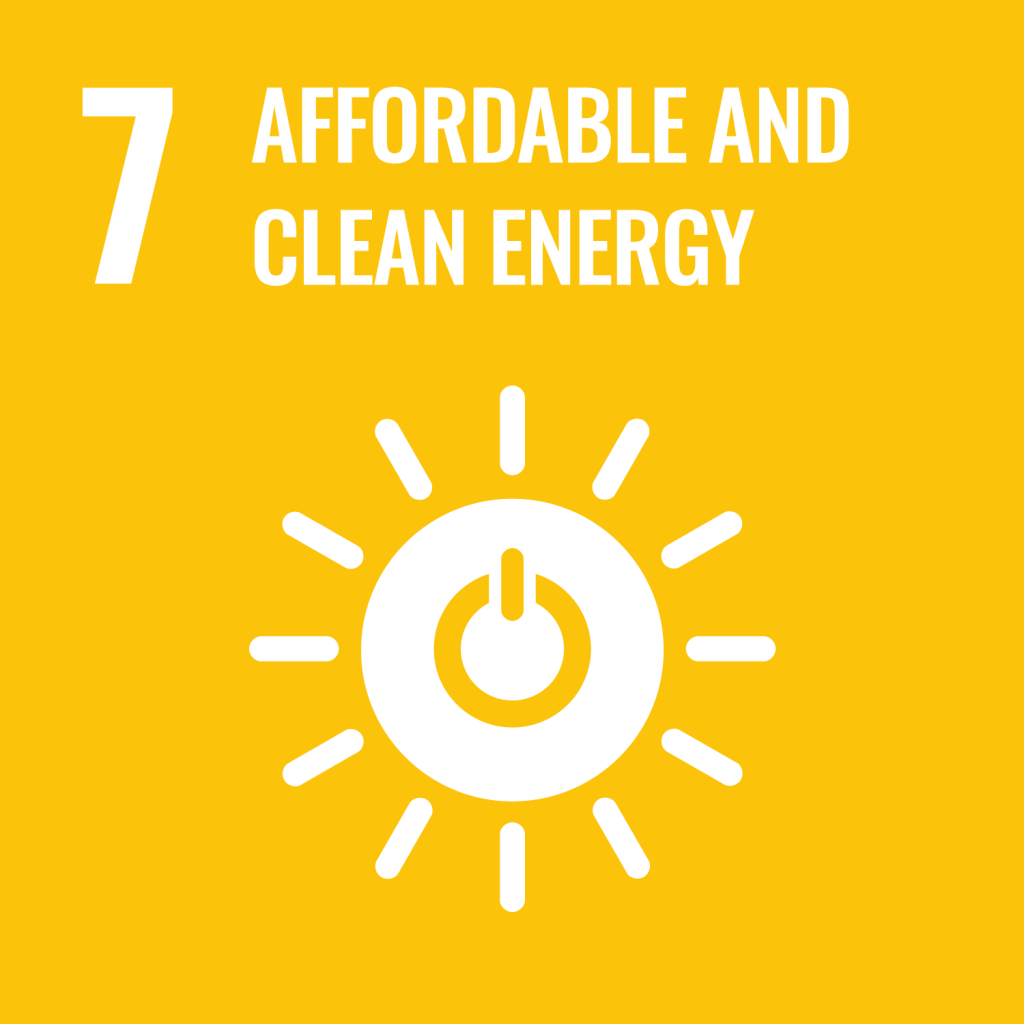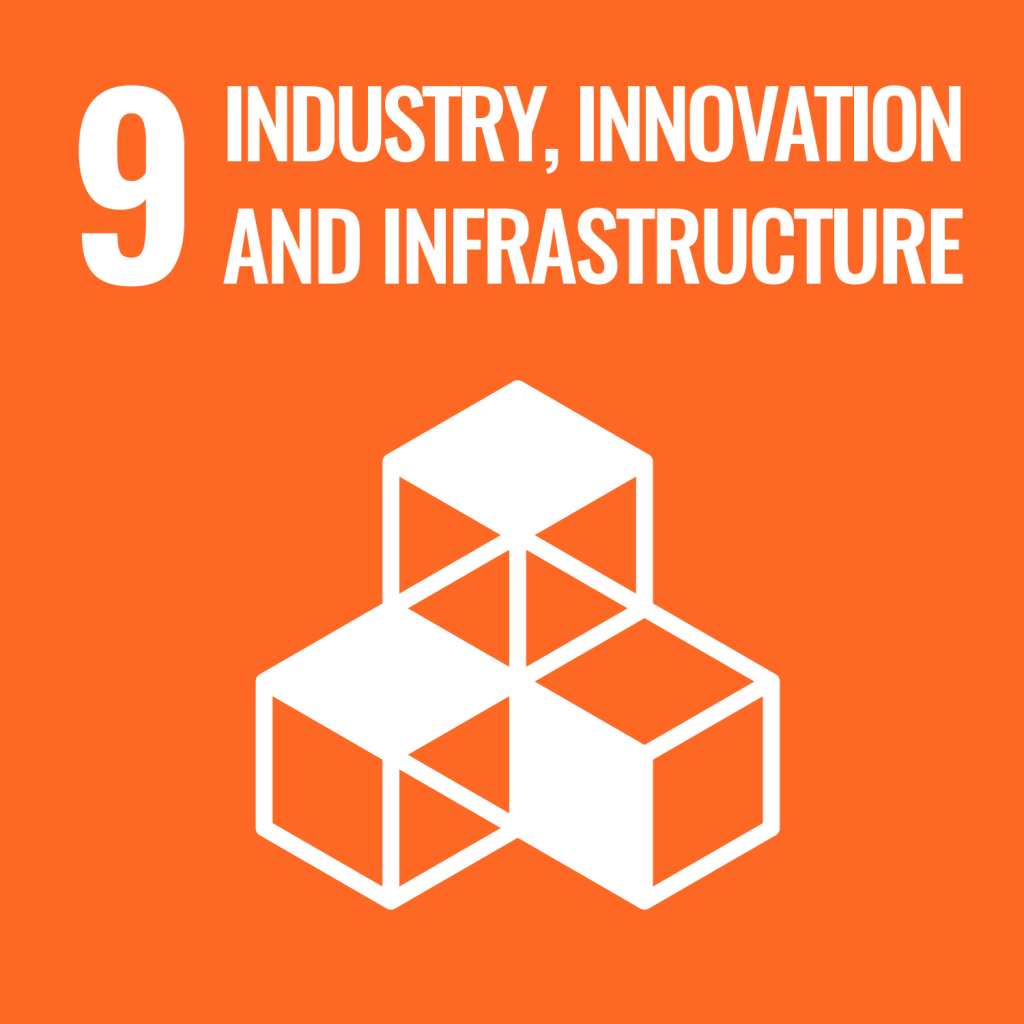
Advancement in thermoelectricity could light up the Internet of Things
Researchers from Osaka University and their collaborating partners improve the efficiency of thermoelectric conversion from a semiconductor, which could help optimize the efficiency and sustainability of the global digital transformation
Imagine stoplights and cars communicating with each other to optimize the flow of traffic. This isn’t science fiction – it’s the Internet of Things (IoT), i.e., objects that sense their surroundings and respond via the internet. As the global population rises and such technologies continue to develop, you might wonder – what will power this digital world of tomorrow?
Wind, solar, yes. Something all around us might not immediately come to mind though – heat. Now, in a study recently published in Nature Communications, a multi-institutional research team including Osaka University has unveiled a breakthrough in clean energy: greatly improved thermoelectric conversion. One of its many potential applications? That’s right, the IoT.
Large-scale, global integration of the IoT is limited by the lack of a suitable energy supply. Realistically, an energy supply for the IoT must be local and small scale. Miniaturization of thermoelectric conversion can help solve this energy-supply problem by applying the otherwise wasted heat from microelectronics as a source of electricity. However, for practical applications, the efficiency of current thermoelectric-energy conversion is insufficient. Improving this efficiency was the goal of the research team’s study.
"In our work, we demonstrate a two-dimensional electron gas (2DEG) system with multiple subbands that uses gallium arsenide. The system is different from conventional methods of thermoelectric conversion," explain Yuto Uematsu and Yoshiaki Nakamura, lead and senior authors of the study. "Our system facilitates better conversion from temperature (heat) to electricity, and improves the mobility of electrons in their 2D sheet. This readily benefits everyday devices like semiconductors."
Incredibly, the researchers were able to improve the power factor of thermoelectric conversion by a factor of 4 compared with conventional 2DEG systems. Other technologies like resonant scattering have not been as efficient for thermoelectric conversion.
The team’s findings could open the way to a sustainable power source for the IoT. Thin thermoelectric films on substrates made of gallium arsenide would be suitable for IoT application. For example, these could power environmental monitoring systems in remote locations or wearable devices for medical monitoring.
"We're excited because we have expanded upon the principles of a process that is crucial to clean energy and the development of a sustainable IoT," says Yoshiaki Nakamura, senior author. "What’s more, our methodology can be applied to any element-based material; the practical applications are far reaching.”
Fig.
(a) Multiple subband in triangular quantumwell (TQW), (b) Single subband in rectangular quantum well (RQW), and (c) the experimental thermoelectric power factor enhancement rate relative to the theoretical one of conventional 2DEG (PF2D/3D)ex/(PF2D/3D)th. The unit value indicates the thermoelectric power factor enhancement of the conventional 2DEG
Credit: Yoshiaki Nakamura
The article, "Anomalous enhancement of thermoelectric power factor in multiple two-dimensional electron gas system," was published in Nature Communications at DOI: https://doi.org/10.1038/s41467-023-44165-3.


